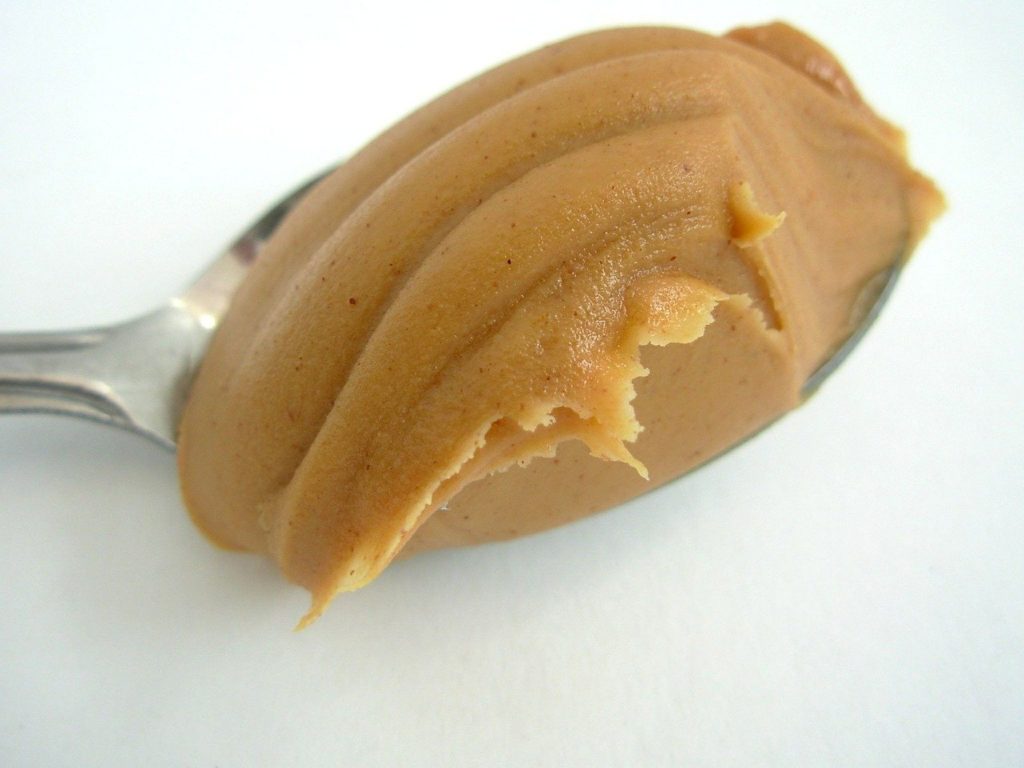Synopsis
Peanuts, the commonest and cheapest nuts, are a hidden powerhouse of protein. These little nuts have been often implicated as a house of cholesterol, but new research is showing that popping them might be a fantastic way to control diabetes. People with diabetes want foods that may help manage blood glucose and weight problems. Peanut butter can help to attain success in this effort as it has a low glycemic index, which means that it does not cause blood sugar to rise sharply.
Managing diabetes is tricky
Millions of people around the planet suffer from diabetes. Successfully managing diabetes requires healthful eating and maintaining a healthy weight, in addition to monitoring blood glucose and taking medications as prescribed. The peanut butter tastes great but does not cause blood sugar to spike as it has a glycemic index of just 14. Glycemic index is a scale that suggests how quickly the blood sugar increases after eating a particular quantity of food, as compared to a controlled food – the lower the glycemic index number, the lower the effect on blood sugar. Peanuts may add flavor, variety, and substance to foods as part of a carbohydrate-controlled diet.
Doctors and health experts suggest that you maintain a very low carbohydrate diet if you suffer from diabetes. Lots of folks struggle to attempt and find healthful food options to replace their regular principles. Studies have demonstrated that certain nuts are perfect additions to a diabetic’s diet program. They help improve your blood sugar, modulate blood lipids or fats and help you lose weight.
Low Glycemic Index (GI) Food
Eating low glycemic index foods can help decrease your glucose levels. Fortunately, peanuts and peanut butter are categorized as being GI foods. When consumed, the food won’t increase your glucose levels too high or too quickly. Also, peanuts are extremely high in magnesium, and research indicates that magnesium provides great protective benefits against developing type II diabetes.
Why heart health & weight are so key
The number one killer for those who have diabetes is cardiovascular disease. To maintain good health, people with diabetes need to also decrease the danger of other diseases. Incorporating foods that help promote heart health, such as peanuts, is a significant part of nutritious eating. Scientific evidence suggests but doesn’t prove that eating 1.5 oz. Daily nuts, including peanuts, as part of a diet low in saturated fat and cholesterol may reduce cardiovascular disease risk. Included in reducing cardiovascular risk and managing diabetes, maintaining a healthy weight is vital. Peanuts can be a part of a heart-healthy diet.
Experts agree that peanuts and peanut butter are often on the suggested foods listing by many expert organizations, including the American Diabetes Association since they’ve been proven to have a low GI and are full of nutrition. They also act as an excellent auto food, helping people enjoy more fruits and veggies, in addition to whole grains.
Expert recommendations:
Dietary Guidelines for Americans, 2010: peanuts and peanut butter are featured in all recommended eating patterns.
American Heart Association: peanut butter and many seeds and nuts are advocated as foods to select.
American Diabetes Association — peanuts and peanut butter are always mentioned as great options for those treating diabetes.
Some great ways to add peanuts and peanut butter to your diet:
– Sprinkled on the salad to add protein
– A mid-afternoon snack will help control snacking
– On crackers as an evening snack
Science & Research
The regulation of diet is essential to keep blood glucose levels under control. Excellent food to keep diabetes under control with an added benefit of high satiety, peanuts create a feeling of fullness for up to 8 hours which indirectly brings down calorie intake.
Peanuts and peanut butter are a rich source of protein, fiber, magnesium, essential fatty acids, and are low in fats and carbohydrates. [1] 1 ounce of peanuts contains around 8 grams of protein and 2.5 grams of fiber. 2 tablespoons of peanut butter contains 12 grams of MUFA (monounsaturated fatty acids), 8 grams of protein, less than 7 gram of carbohydrate, and very little saturated fat. Owing to this, peanuts are known to possess a very low glycemic index (GI). A glycemic index is a number that measures the effect of food on the blood glucose level following consumption, the standard being 100 of an equivalent amount of sugar. The GI of peanuts is 14, which means peanuts take a longer time to get digested, absorbed, and metabolized, resulting in a lower and slower rise in blood glucose. [2]
Magnesium is responsible for the tyrosine – kinase activity which brings about modulation of the action of insulin and reduces insulin resistance in diabetes. [3] Peanuts are rich in magnesium. An ounce of peanuts contains around 47.6 grams of magnesium making it a cheap, easily accessible, and good food to keep blood sugars under check. [4]
A simple change can make a big difference. A slice of bread with peanut butter as breakfast effectively lowers the blood sugar level in type 2 diabetes and a handful of peanuts for mid-time snacks improves insulin resistance and increases glucose uptake. So next time you have a hunger pang, you might do better grabbing a fistful of peanuts than reaching out for a bag of chips!







